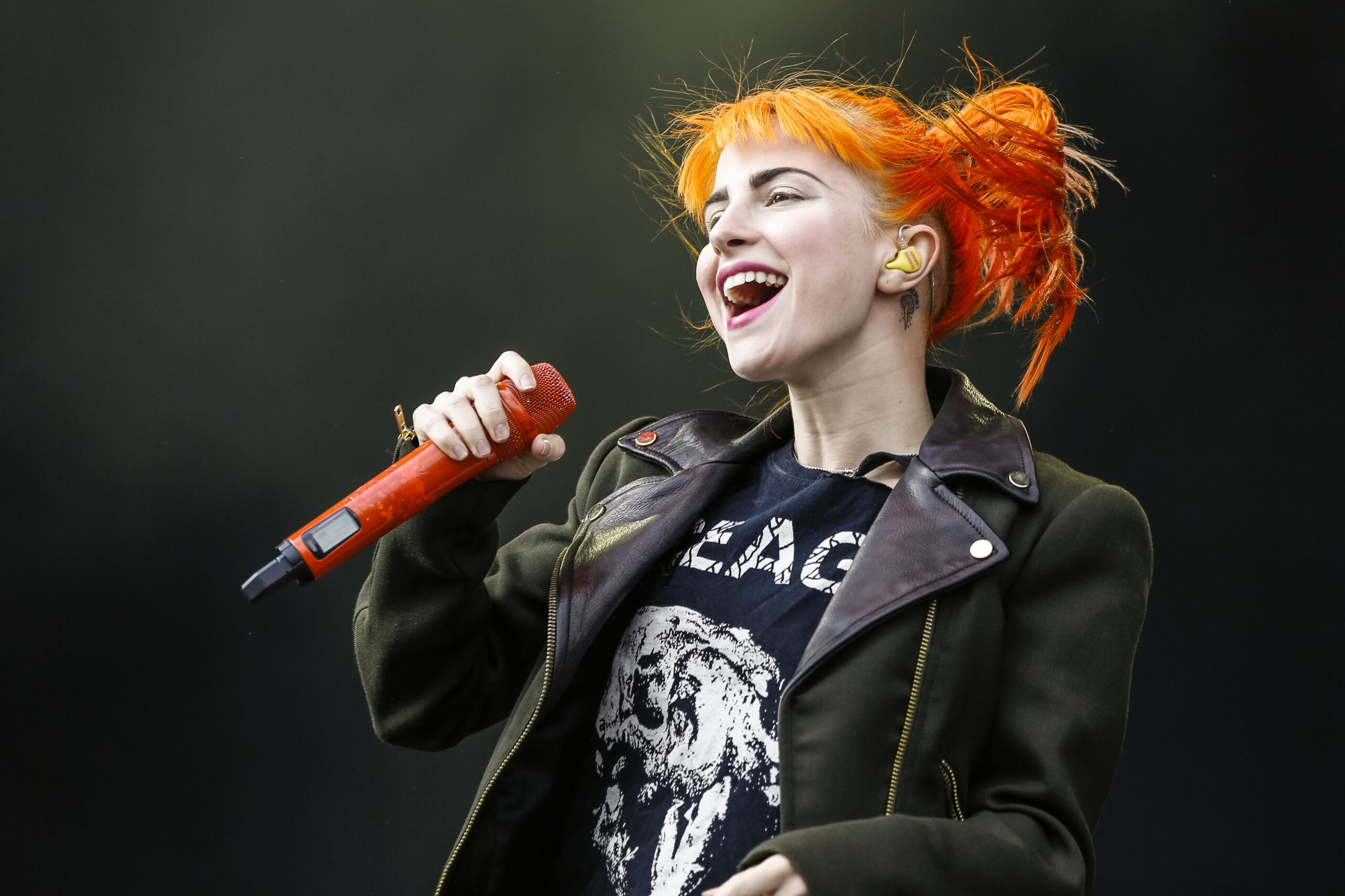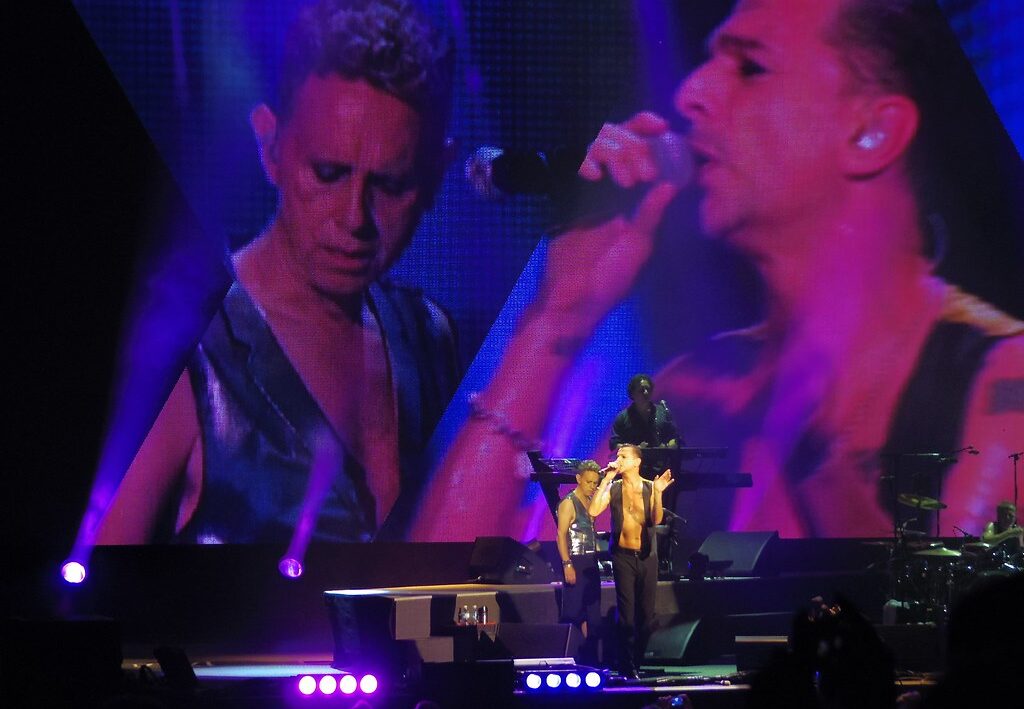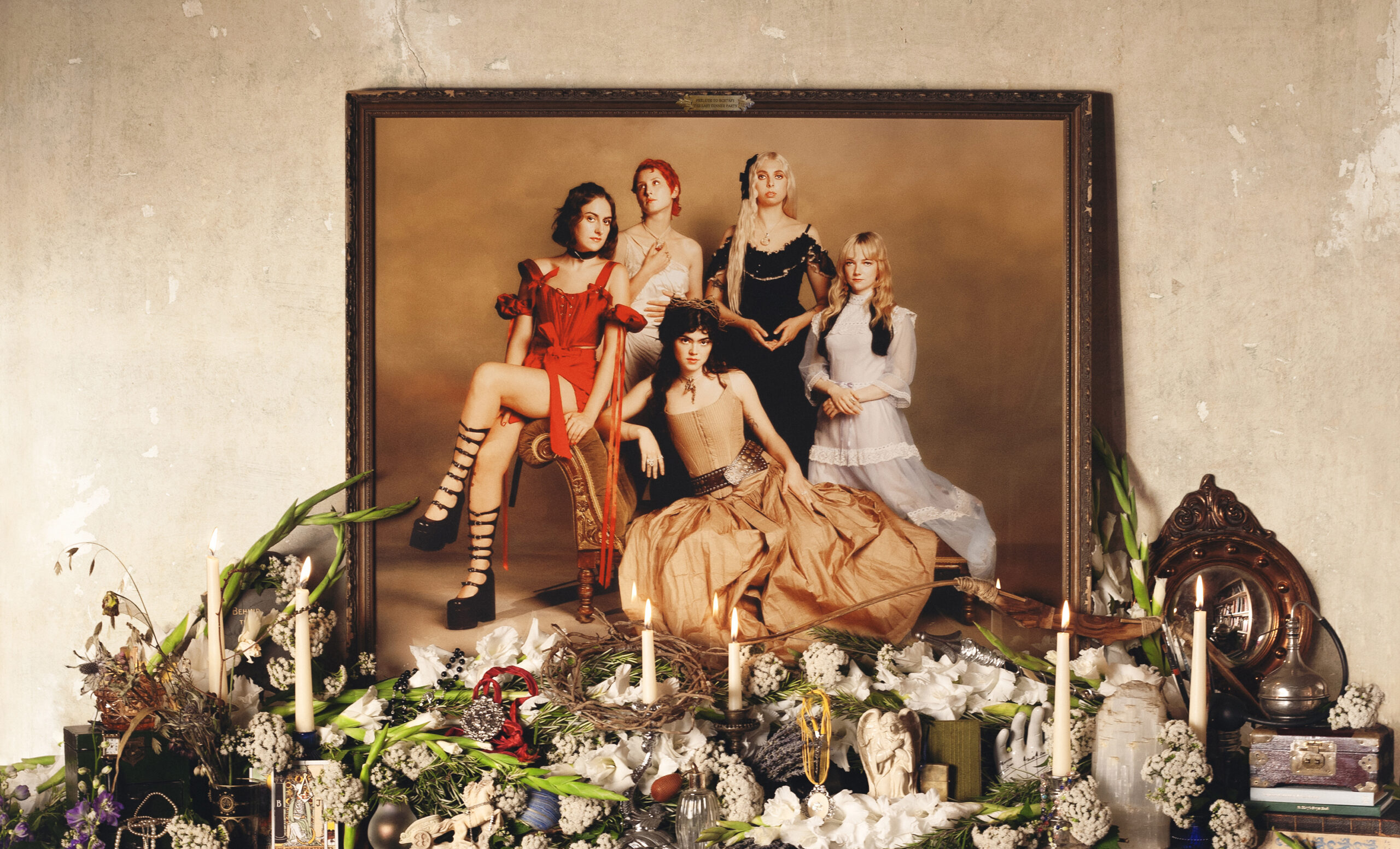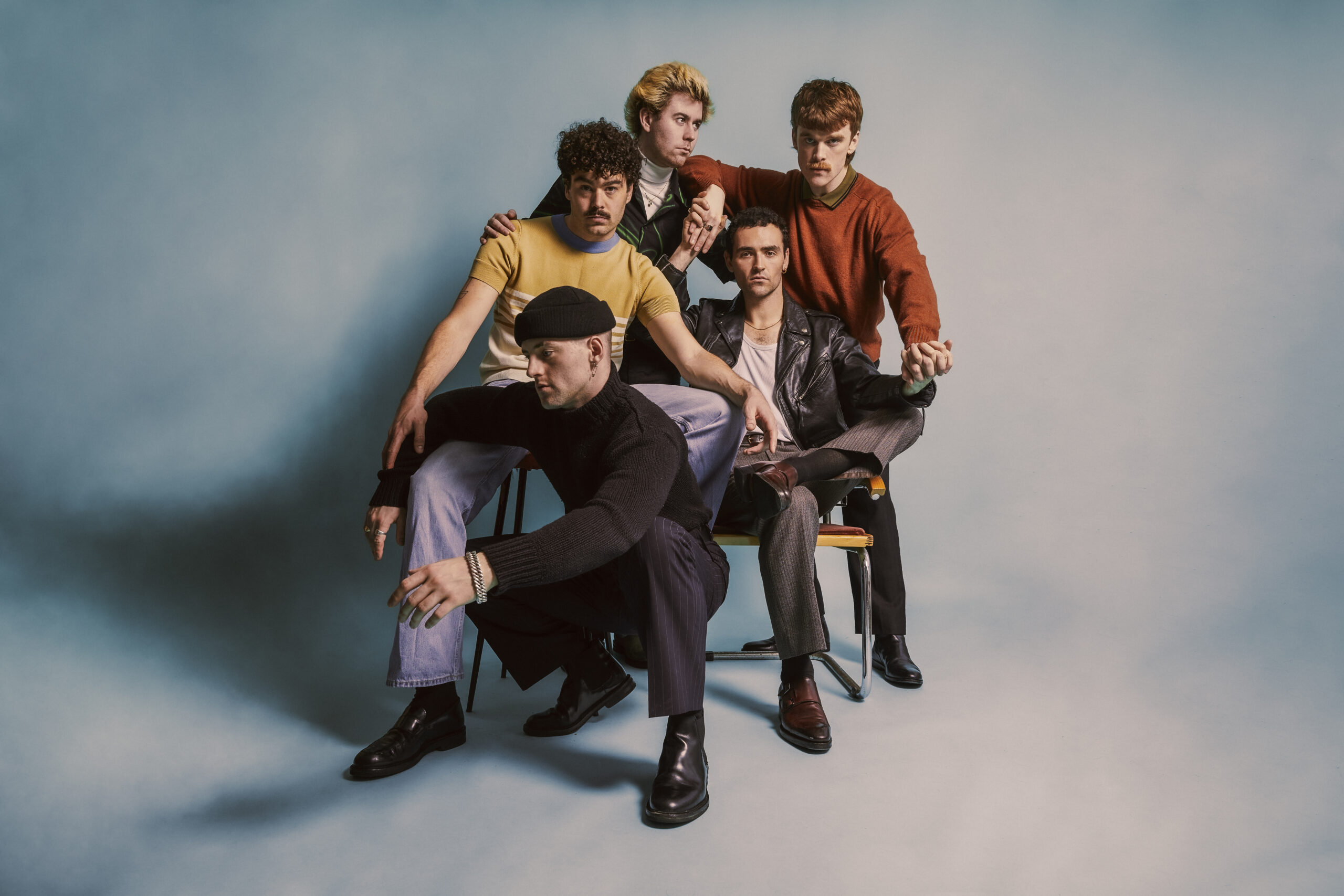Music Venue Trust VS Coop Live Arena: are grassroots music venues too poorly run to deserve industry funding?
Written by Eszter Vida, edited by Millie Cain.
2023 was reported as the biggest year ever for live music. The year was also
marked by increased rent prices, the cost-of-living crisis and venue closures, leading
to 125 of them closing for good and a statistical decrease in the opening of newer
ones. But, for companies like Live Nation at least, the music industry continues to be
a profitable market when viewed from a corporate angle; one that doesn’t face the
same threat of issues as our beloved grassroots venues that have historically put the
same amount of work, if not more, towards the future of British music and culture.
This escape for corporations may have been true until a very recent controversy.
Despite being scheduled to open on this past April 23, the new Manchester Coop
Live arena has faced organisational difficulties, resulting in many show cancellations
and disappointed Peter Kay fans. So, what better way to proceed by allowing the
now-resigned executive director Gary Roden to jump on a BBC interview to question
the competency of venues and whether some deserve the financial support to stay
alive from a grassroots music charity?
Music Venue Trust is an organisation that I met back in January at a conference in Brudenell Social Club and even signed their artist pledge, promising to give back a percentage of ticket profits to grassroots
venues in case of future arena gigs. While the sentiment was there for small musicians, who could only dream of playing at that level, it’s more their proposition of
a £1 ticket levy on arena shows which has gathered a lot of public criticism, with
Roden declaring the logic that rising bills are affecting some venues more because
they are more ‘poorly run’ in comparison. While this could be one reason, it fails to
highlight a larger problem. Therefore, it’s important to recognise that the problem
isn’t as straight forward as his comments may be interpreted.
Comments such as Roden’s fail to recognise how out-of-touch the music industry
can become when they don’t reinvest their profits into the right places. As reported
by NME, Coop Live is ‘set to become the UK’s largest indoor arena when it opens,
with a capacity of 23,500.’ A concert of this capacity may take a lot of investment for
a newly opened (or still unopened beyond its promised date as I’m writing this)
venue but as everything becomes more and more concentrated at the top of the
music pyramid, there is no healthy ecosystem where small venues, who give so
much to recognising new talent, can also receive something back, other than an
eviction notice on their front doors. Many have also highlighted that we are battling
against the greed of pre-existing added ticket fees, from order processing fees to
service charges, which may not seem relevant in the age of e-ticketing. What MVT
are trying to propose is to question where these added fees go and clearer
transparency for artists/fans involved.
Our own losses of Sheaf St and The Tetley marked a tragic end of an era for
communities that flocked to these spots to experience purposeful art and culture.
When thinking about prominent venues that are deeply engrained into Leeds culture,
the first ones that come to my mind would probably be Brudenell Social Club and
Hyde Park Book Club. Both located in Hyde Park, these places have also become
central hubs for students, in group socialising, pool nights and attending gigs
together. The Brudenell, running since 1913, has become a staple Leeds venue
where artists of all genres aspire to perform and check off their career bucket lists because of its preserved history. Meanwhile, Hyde Park Book Club have proclaimed
their desire to foster a community spirit themselves, catering it around local people
having the space to create with a café, hangout spot and venue all tied to one name
in a quintessential corner of Leeds.
It’s not just about organised live music for these spaces; however, they hold literature festivals, yoga, art club, comedy shows, well- loved weekly jazz nights, all while supporting an everchanging local population of creatives. Conjoined with venue and practise space Eiger Studios, it’s one of many
like the Wardrobe, highlighted annually during the Live at Leeds in the City festival.
It’s not all doom and gloom for us in Leeds though. Here, we are fortunate to have
such a strong student network; for other venues in quieter locations, this factor of
microscopic impact doesn’t stop them from closing. Without these third spaces, we
lose a part of our culture to which we are all contributing to, especially when they
close in less widely known music scenes like ‘Moles’ in Bath. The more we don’t
prioritise our local venues, the less space there is for emerging artists within our own
ecosystem, leaving less opportunity for anywhere outside of London. The music
capital itself has even lost venues, so as we narrow down possible geographical
barriers, now more than ever are we seeing the real financial inequality in a
prospering industry. There are already numerous barriers beyond the inaccessible
distances that can daunt musicians when it comes to networking, such as industry
gatekeeping and constantly changing trends that artists must manage for themselves
without a team or huge label backing. Losing more of these art spaces limit the
possibility of even finding a platform and building a collective space shared by artistic
individuals.
Subjectively speaking, it’s quite bold of a company, named after the purpose of
supporting and working together cooperatively, to criticise independently run music
venues like a lot of ours and make degrading comments when they are already
faced with challenges of government neglect in a very corporate-minded landscape,
despite the cultural significance of music. For music to sound as good as it was ‘back
in the good old days’, it’s up to the public to be the consumers they were
predisposed by social media to be and support new bands into becoming the classic,
legacy acts we reminisce about over their golden days today.
For more information, follow this link to the Music Venue Trust’s annual report:
https://www.musicvenuetrust.com/2024/01/music-venue-trust-launch-annual-report-




